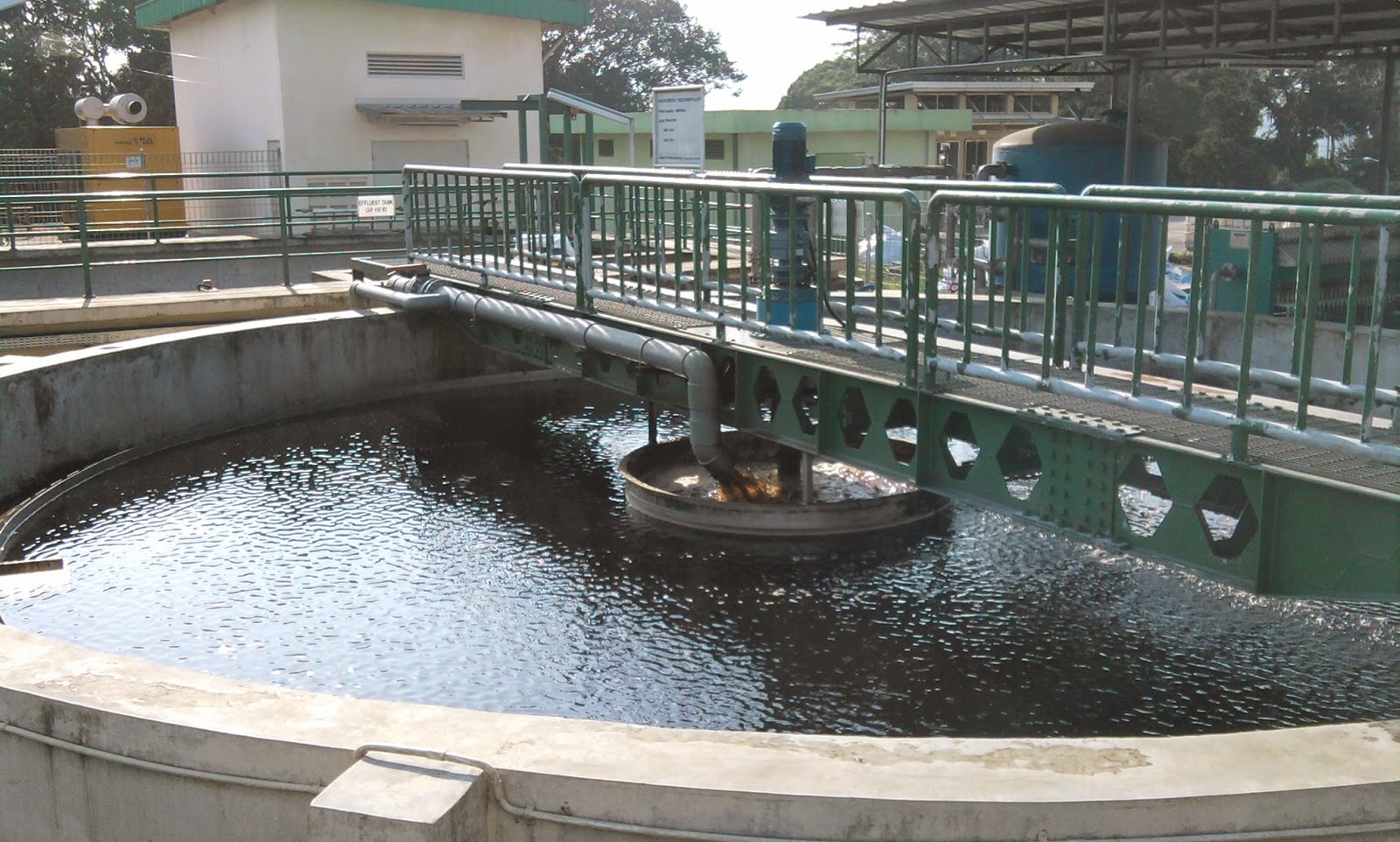Water So Pure it Will Kill You
Often seen as synonymous with life, one type of water defies the stereotype.
By Joshua Timmons
Contaminated water has long been recognized for its association with disease, but there’s water that exists on the other side of the spectrum. It’s ‘ultrapure’ water and drinking enough of it will end your life. 150 years ago Dr. John Snow discovered that dirty water was the source of a cholera outbreak, earning him the title “father of epidemiology.” Still today, contaminated water has been implicated in 8,000+ Haitian, cholera-related deaths since 2010.
Chemically impure water can be just as panic-inducing, such as when over 100 tons of highly radioactive water was poured directly into the ground by Fukushima’s damaged plant earlier this year.Enter water purification, a method for removing contaminating chemicals, biological contaminants, suspensions, and gases.
The water in our homes has gone through a long process of purification, long before we ever use it to brush our teeth. It begins with coagulation, the addition of chemicals like ferric sulfate or organisms like algae, to bundle fine particles. These bundles are then further bundled and enlarged by flocculation to create clots that will easily settle quicker.


The next step, sedimentation, is done in the tanks like the one shown above. It relies on gravity to pull suspended particles out of the water (overflow rates to range between 0.5 and 1 gallons per minute per square foot). Then comes a few more steps: disinfection for pathogens, pH adjustment to prevent pipe erosion and fluoridation for anti-cavity treatment (but probably mind control). Finally, filtration through giant sand filters, like the one below, removes the last of the particulate.


This is hugely important to daily life, unless you drink and shower exclusively with bottled water (which is ~2,000 times more expensive than tap water, 2 times the cost of gasoline, and not subject to any form of federal testing).
Unfortunately, in a lab or research setting tap and bottled water fall short of the purity needed to run experiments. Bottled water, for example, has minerals added for taste. Additionally, both tap water and bottled water contain trace amounts of chlorine from the decontamination.
There’s also the issue of nucleases, the enzymes responsible for cleaving nucleic acid bonds (important if you’re trying to amplify a gene with PCR, only to have an enzyme come along and slash it up). To avoid this issue, researchers use nuclease-free water, which comes at around $75 per liter. Considering you can get around 1,000 gallons of tap water for just over $2, nuclease-free water comes out to be 140,000 times more expensive than tap water.
While enzyme-free water may sound premier, there’s actually one step higher.
Called ‘ultrapure’ water, or ‘Type 1’ water, extremely purified H2O is virtually devoid of impurity. Successive steps of deionization and filtration result in water with an ultra high resistance of 18.2 megohms (recall that the charge carrying ions in water are what actually conduct electrons, water itself is nonconducting). One way to notice the difference is to let it run over your hand. While there’s nothing visually discerning, there’s a tangible difference. The ultrapure water runs off like harsh, ephemeral air.
So, what’s so deadly about ‘Ultrapure’ water?
An instructor in my lab told me a story from about a couple post docs he used to work with. They, in an attempt to liven up the lab a bit, bought a goldfish. They cleaned the bowl, bought some decorations, and then picked out their fish. To make sure the water was as clean as possible, they filled the bowl entirely with ultrapure water. Finally, they tossed in Goldilox (Any similarity to actual fishes, living or dead, is purely coincidental).
The fish made it once to the bottom of the bowl, flipped upside down, and floated right back to the top; dead within a couple seconds. Now, before you judge, these were post docs at Harvard Medical School. You’d think they’d have a clue, but it’s not as intuitive as it may seem (or maybe they were too deep in PI3K pharmacology to remember the basics).
Think back to the days of hypo, iso and hypertonic:

Now imagine hyptonic, except an extreme example: 18.2megaohm pure water.
In such an environment, cells will attempt to reach equilibrium. Necessary particles like magnesium and potassium are swept away. Additionally, cells begin to swell like a balloon in an airplane. When done continually, the cells lyse (explode). If ultrapure water was consumed continually, epithelial cells would be steadily leached (or perhaps instantly in the case of the goldfish’s respiratory system).
It’s for this reason that death by ultrapure water is known as the “slow death.” Perfect for your arch-enemy or unruly betta.
Outside of biology and chemistry, the powerful leaching ability of ultrapure water makes it ideal for chip manufacturing where one factory can use up to 5,000 cubic meters of ultrapure water per day.